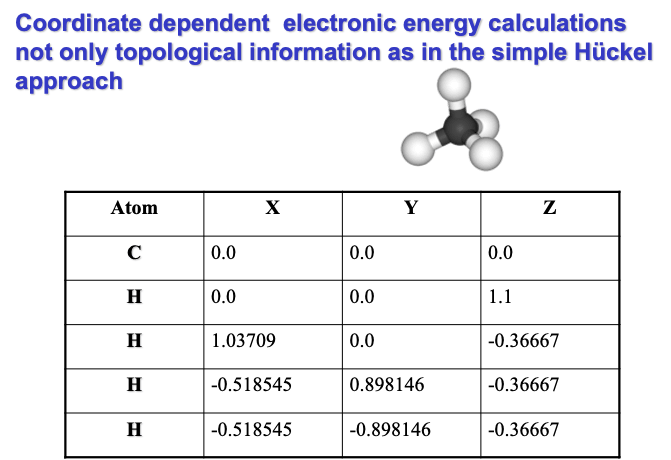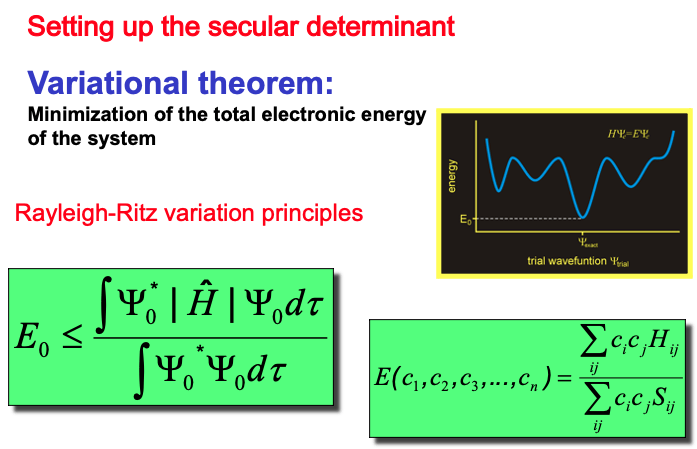Hi, little cub. Oh, no. Don’t be scared. I’m not gonna hurt you.
Dal film: The Jungle Book. Walt Disney Picture, 2016.
Python è un linguaggio non proprietario e di pubblico dominio è stato creato dall’olandese Guido van Rossum nel 1989. von Rossum racconta nella prefazione che a scritto per il libro sul Python di Lutz e Acher [1], che il progetto di scrivere un nuovo linguaggio è iniziato come un passatempo per le vacanze di Natale! Il linguaggio è stato ispirato dal linguaggio ABC. L’autore dice che “Ho scelto Python come titolo provvisorio per il progetto, essendo di umore un po’ irriverente (e un grande fan di Flying Circus dei Monty Python)”. Sicuramente il risultato è stato un nuovo linguaggio di grandissima diffusine e successo tanto che è tra il linguaggio più usati e insegnati nelle scuole. Il motivo del suo successo è duvuto all’insieme delle caratteristiche che lo distinguono da altri linguaggi di programmazioni che lo hanno preceduto. La sintassi usato per il codice Python è facile da leggere e capire. Permette di ottenere ridurre i tempi di programmazione rendendo possibile scrivere codici complessi in breve tempi. È un linguaggio interpretato ovvero il codice può essere eseguito direttamente senza il bisogno di compilarlo prima. Inoltre, in fase di esecuzione le informazioni ricevute dall’interprete permettono di trovare facilmente errori. Il linguaggio Python può essere usato su tutti i sistemi operativo disponibili quali Windows, Mac, Linux, Android, iOS e anche su microcomputers quali il Raspberry Pi. Sono state sviluppate tantissime raccolte di programmi (chiamate librerie) per eseguire compiti specifici (ad esempio grafica, risoluzione di equazioni differenziali) per velocizzare la scrittura di nuovi programmi.
Python è utilizzato in tutte le area della scienza, tecnologia, attività sociali e finanziarie. Per esempio, è usato nella robotica, per l’analisi dei dati in medicina, astronomia, bioinformatica, fisica delle particelle (solo per citarne alcune), nell’industria cinematografia, musicale e dei videogiochi.
Pertanto, imparare Python può tornare utile per creare progetti molto interessanti che supportano sia lo studio e che la futura carriera. In questa serie di articoli vengono dati dei rudimenti di programmazione in Python sufficienti a stimolare l’ interesse ad approfondire ulteriormente la conoscenza di questo fantastico linguaggio di programmazione. Per tale scopo si può consultare alla fine di questo articolo un elenco di siti online dove trovare ulteriori informazion sul linguaggio.
Continue reading →



